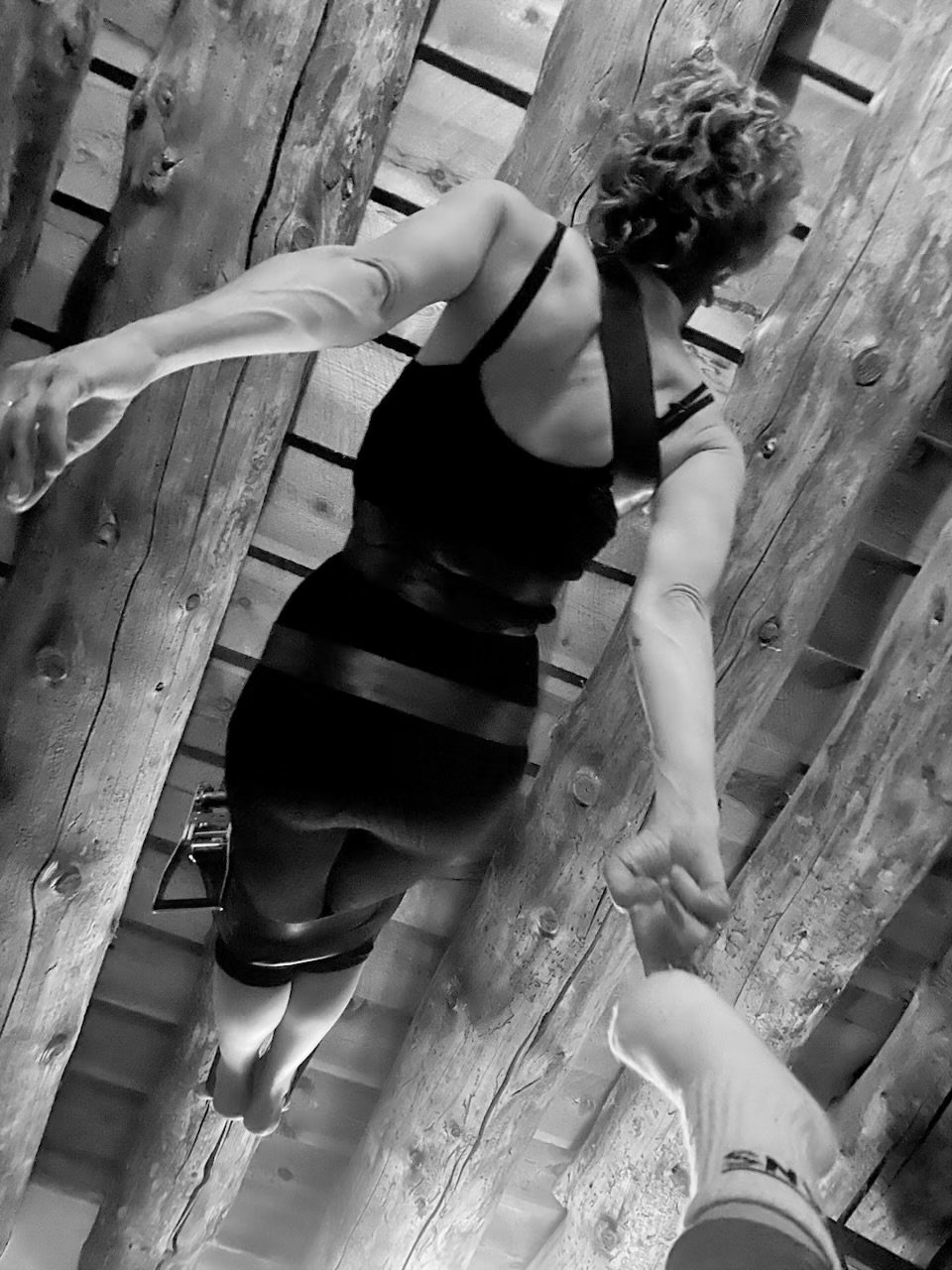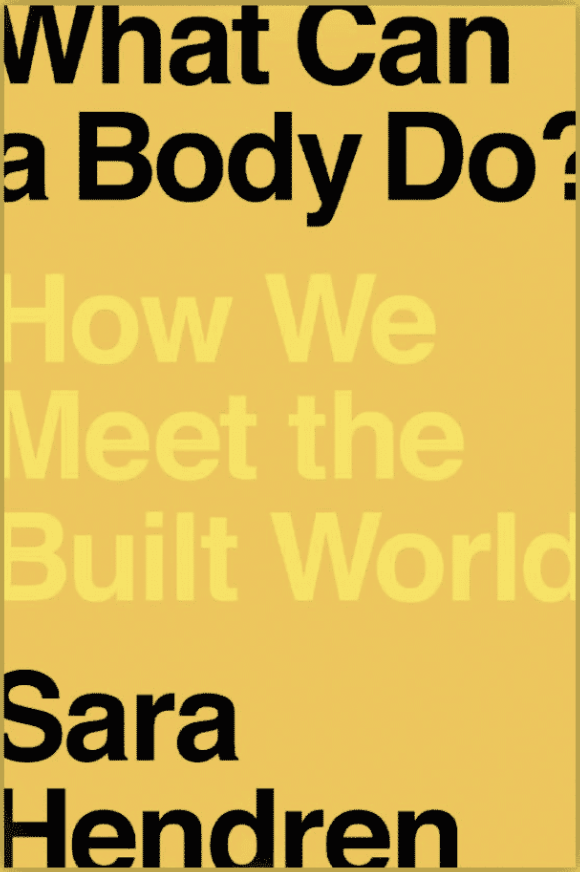Speculative fiction has long been my sweetheart genre. I willingly dive all the way into worlds that I recognize, but in which snakes talk, or emotions are cooking ingredients, and receive mandates from the Ministry of Love (Murikami, Esquivel, and Orwell respectively). I only recently realized that I could regard my own performances as speculative fictions and me their author. Or wait, is that what I’ve been doing all along??
Briefly defined, speculative fiction is a subgenre of science fiction that explores human responses to the changes of science or technology or to certain capabilities or behaviors that differ from the reader’s lived reality (Oziewicz, M., 2017, March 29). Speculative Fiction. Oxford Research Encyclopedia of Literature. Retrieved Jan. 2025). According to Oziewicz, speculative fiction is “a global reaction of human creative imagination struggling to envision a possible future at the time of a major transition from local to global humanity.” My revelation started when I understood speculative fiction could take the form of something other than words on a page. It has the capacity to span various media - a photograph, a drawing, a poem, or in my case, a performance. Understanding my own works can be these embodied fictions give me license to approach each project as imagined worlds. I can use narrative and world building techniques to interrogate the relationships between moving bodies, spaces, and belonging.
A specific connection between my artistic practice and this genre is the power of speculative fiction to empower the marginalized voice. In Emergent Strategy, Adrienne Marie Brown encourages her readership to, “Cultivate fiction(art) that explores change as a collective bottom-up process, fiction(art) that centers those that are currently marginalized. Not to be nice but because those who survive on the margins tend to be the most experientially innovative, practicing survival-based efficiency, doing the most with the least—an important skill to have in a world whose resources are under assault by less marginalized people.”(Brown, Adrienne Maree. Emergent Strategy: Shaping Change, Changing Worlds, AK Press, 2017., pg 113-14) Brown’s words resonate deeply and help me evolve my artist’s voice as someone with a disabled and female body. My creative practice is now better understood to me as a form of fiction, interrogating these identities through performance. I look to make work that questions how we create and communicate a sense of belonging to spaces, whether they are domestic, public, recognizable or obscure.
Initial movement sketch, ‘Vegas’, Taos, New Mexico, USA, 2024
Currently, my explorations in Taos, New Mexico, and the One River North building in Denver reflect this deepening research into belonging and space. These are sites where I experiment with embodied fictions, asking how a performance—rooted in speculative possibilities—might reveal new ways of inhabiting, designing, or understanding space. Speculative fiction, particularly as practiced from a minority perspective, is uniquely equipped to address these questions. As Oziewicz notes, speculative fiction “affirms not merely the existence of ethnic traditions of science and spirituality but the cognitive value of speculative visions of the world formulated from a postcolonial or minority perspective.” It is not just about envisioning futures but about reframing the present through the perspectives of those who have been excluded from dominant narratives. Marginalized voices can offer not just critique but also the seeds of solutions. My work strives to embody these solutions in real, physical locations, to demonstrate the power we have to expand what it means to live in our spaces.
Start with identity - your identity. What spaces or places can you think of that accommodate your identity? Are you a part of shaping that space in ways big or small? What about a place that inhibits or disregards your personal identity - can you envision changes to the space, physical or social, that would improve your experience of being there? One example to consider here is the disabled body. Maybe you have a disability now. If not, you are likely to at some point in your life. Sara Hendren’s book What Can a Body Do? How We Meet the Build World explores the idea that disability might be “the fundamental aspect of human embodiment.” She writes, “What a notion that the universalizing experience of disability, states of dimensional dependence from our infancy through the end of life, might be the central fact of having a body, or rather, being a body.” (Hendren, Sara, What Can a Body Do? Penguin Publishing Group, 2020) What if we realized that we have more in common in our embodiment than difference and that embodiment is an ever-fluctuating state? Art can be a way to provoke such thoughts, through a speculative fiction, an alternative world to enter and to contemplate. As I look back on my earlier work, such as Salk Institute (view here), I see this impulse, yet undefined.
“What a notion that the universalizing experience of disability, states of dimensional dependence from our infancy through the end of life, might be the central fact of having a body, or rather, being a body.”
- Sara Hendren
These same lines of thought and inquiry motivate me to seek ways to support other creatives in cultivating their approach to making. I am inspired by the workshops led by Phyllis Birkby during the feminist architecture movement of the 1970s, and the way she encouraged women to imagine spaces that met their unique needs and desires. The act of fantasizing design—speculating about what might be—feels as urgent now as it did then. This is a time to hold tight to these notions, these speculations, and keep shaping the future through the production and proliferation of embodied fictions.
Speculative fiction offers me an entry point to my work on the relationships between bodies and spaces, and between belonging and exclusion. I will continue building these speculative worlds and am ready to bring this approach to my work with others and their creative practices.


